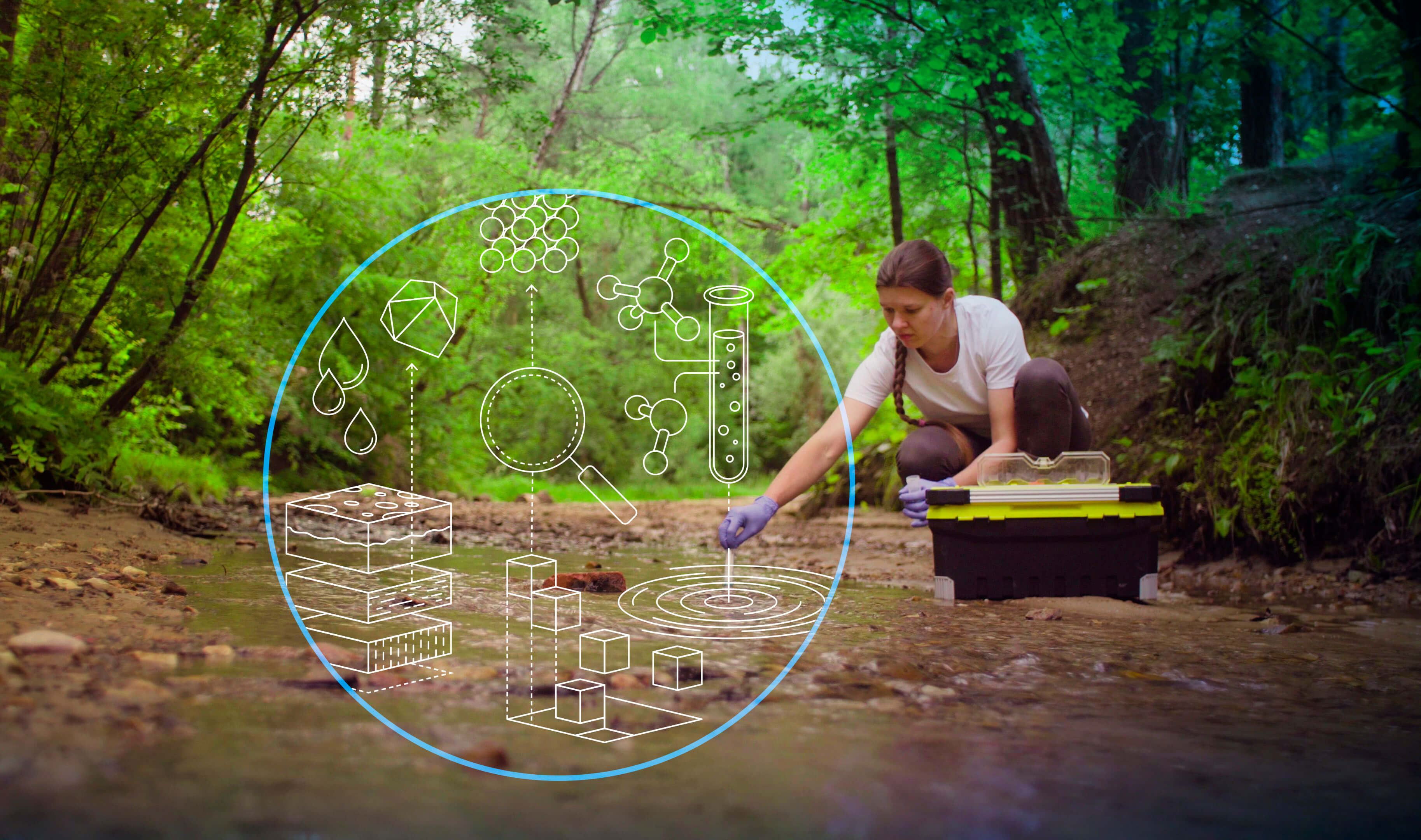Biodiversity in Business
Our well-being - along with that of the entire ecosystem - depends on biodiversity. And our economy is no exception.
Biodiversity: Why It Matters To Businesses
Business activities can negatively impact biodiversity. Land and sea use, material utilization, waste and emissions are some of the main pressures our current production and consumption models cause. In this interconnected ecosystem, biodiversity loss - in turn - leaves businesses at risk through supply chain disruptions, increased operational costs and reputational damage.
Harnessing opportunities through biodiversity preservation
Preserving biodiversity will enable long-term value creation. Most importantly, it can unlock opportunities. According to the World Economic Forum, businesses that engage thoughtfully with nature and work to preserve biodiversity could uncover $10 trillion worth of new business opportunities by 2030.
Measuring Is Key To Meeting Biodiversity Targets
Understanding and identifying dependencies on biodiversity is a challenge for businesses. Measuring them is another challenge. Unfortunately, the lack of knowledge and tools often prevents companies from undertaking impactful initiatives.
To fill this gap, businesses must be equipped with the right solutions to conduct lifecycle assessments of their products or analyze how their operations interact with and rely on their ecosystems. These measurements will enable businesses to identify areas where transforming business operations could positively impact biodiversity and which solutions would have the highest impact.
Businesses can set targets that integrate biodiversity considerations and comply with regulatory requirements by using the baseline data. These targets could include resource efficiency, recycling rates, product longevity, reparability or circular design.

A plan for reporting on nature
With the introduction of regulations like the Corporate Sustainability Reporting Directive (CSRD), understanding, measuring and monitoring are essential for companies to reduce pressure on biodiversity.
The CSRD, which came into force in 2023, requires companies operating in Europe to report on their biodiversity and ecosystem impacts and dependencies. These requirements align with what the Global Biodiversity Framework – an initiative led by the United Nations to curb biodiversity loss – wants to accomplish.
Additionally, cross-industry initiatives led by non-governmental organizations have also emerged. An example is the Science Based Targets Network (SBTN) which developed a method and resources that enable companies and cities to set science-based targets (SBTs) for climate and nature.
Mitigating the Impact on Biodiversity With the Circular Economy
What if bringing circularity and biodiversity together could help address biodiversity loss and lead to long-term solutions?
90% of biodiversity loss occurs from resource extraction and processing at the beginning of the value chain. Therefore, implementing circular economy principles into design, manufacturing and construction – with products and materials kept in circulation – is key to making a real impact.
Effective strategies to minimize reliance on virgin raw materials include reducing material consumption through sustainable design, extending product lifespans by prioritizing durability and easy repair, enhancing recycling processes and promoting recovery and reuse.

Waste management for biodiversity conservation
The connection between circularity and biodiversity is extensive. For instance, waste management is a key aspect of circularity. By enhancing waste management practices throughout a product's lifecycle or developing biodiversity-friendly materials, companies can significantly reduce pollution and its impact on ecosystems.
As such, the Ellen MacArthur Foundation estimates that a circular economy can potentially reduce the annual volume of plastics entering the oceans by 80%. Additionally, innovations such as biodegradable plastics and plant-based materials encourage companies to develop eco-friendly alternatives with minimal environmental impact.
Business Strategies for Biodiversity Protection
- Reduce Harm
- Restore and Regenerate
Leveraging technology to reduce harm to biodiversity
Reducing pressure on ecosystems is the most effective way to mitigate harm to biodiversity. Businesses minimize their reliance on natural resources by investing in sustainable technologies and circular practices. Solutions exist - it is now time to implement them to benefit biodiversity.
Implementing solutions to preserve biodiversity
Implementing an eco-design approach through life cycle assessments will help businesses curb the increasing biodiversity impacts generated by manufacturing industries across the life cycle of manufactured products.
Additionally, pharmaceutical companies could also imagine innovative formulas and processes that are less damaging to biodiversity through green chemistry.
Circularity offers opportunities to reduce negative impacts on biodiversity by transforming key processes along the value chains. Reverse logistics, digital supply chain planning and manufacturing optimization can all be mobilized by businesses to reduce their impact on biodiversity.
To gain a comprehensive perspective, implementing a virtual twin enables companies to model every stage of the life cycle and identify the stage to minimize the impact on biodiversity.
Laying the foundation for biodiversity restoration and regeneration
In addition to protecting biodiversity, there is a growing call to restore and regenerate biodiversity. The former implies returning biodiversity to its original condition, while the latter aims to support biodiversity and actively facilitate a brighter future. This is achieved by transforming ecosystems to foster biodiversity and ensure resilience.
Circularity: A transformative approach to biodiversity regeneration
Adopting circular practices aligns seamlessly with biodiversity goals. The third principle of the circular economy is to regenerate nature by supporting natural processes and replenishing ecosystems. Businesses can contribute to restoration and biodiversity resilience by returning resources to nature and supporting natural processes. While initiatives are only beginning to emerge, the need for action is dire and changes must start now.
Biomimicry is a practice that seeks inspiration from effective natural processes to solve human problems, whereas regenerative infrastructure aims to improve biodiversity in cities through green roofs or urban forests. These two initiatives have high potential to set a strong foundation for progress.
Our Actions To Preserve Biodiversity
At Dassault Systèmes, we are committed to reducing our environmental footprint and impact on biodiversity. Through science-based strategies, we aim to achieve carbon neutrality by 2040, optimize energy use and integrate sustainable practices across all operations. Our dedication is supported by environmental governance and collaboration with global sustainable initiatives.
